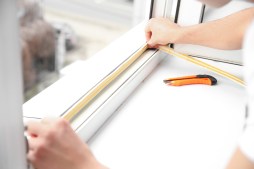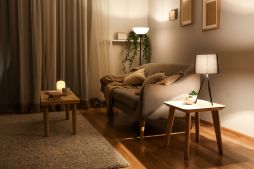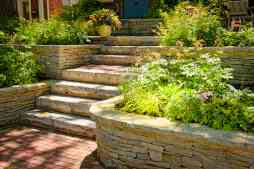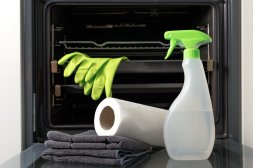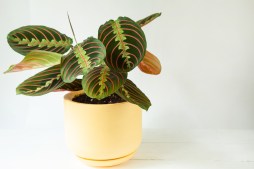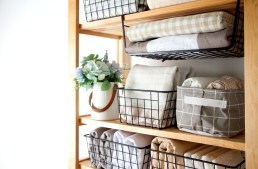DIY Solutions for Removing Air Bubbles from Vinyl Flooring
Vinyl flooring is a popular choice for many homeowners due to its durability, affordability, and ease of maintenance. However, over time, you might notice air bubbles or lifting, which can affect the floor’s appearance and longevity. Fortunately, these issues are often fixable with some simple DIY methods that don’t require professional help.
Understanding the Causes of Vinyl Flooring Bubbles and Lifting
Before tackling the problem, it’s important to understand why bubbles and lifting occur in vinyl flooring. Common causes include improper installation, moisture trapped beneath the flooring, temperature fluctuations causing expansion and contraction, or adhesive failure. Identifying the root cause will help you choose the best repair approach and prevent future occurrences.
Tools and Materials You’ll Need for Repair
To fix vinyl flooring bubbles yourself, gather these essential tools: a utility knife or pin for puncturing bubbles; a roller to smooth out lifted areas; adhesive suitable for vinyl floors; a syringe or putty knife to apply glue beneath lifted sections; weights to hold repaired areas as they dry; and cleaning supplies such as a cloth and mild detergent.
Step-by-Step Guide to Removing Air Bubbles from Vinyl Flooring
Start by cleaning the affected area thoroughly to remove dirt and debris. For small bubbles, gently puncture them with a pin or utility knife tip to release trapped air. Use a roller or flat object to press down firmly on the bubble until it flattens out. If larger sections have lifted, carefully lift that part of the vinyl using the utility knife along its edges if necessary. Apply vinyl floor adhesive underneath using a syringe or putty knife spread evenly. Press down firmly onto the subfloor and place weights on top while drying according to adhesive instructions.
Preventing Future Bubbles and Lifting in Vinyl Floors
Proper installation is key in avoiding future problems. Ensure your subfloor is clean, dry, smooth, and level before laying vinyl flooring. Use appropriate adhesives recommended by manufacturers for your specific type of vinyl floor. Controlling indoor humidity levels can also prevent moisture buildup beneath floors which may cause bubbling over time.
When Repairs Aren’t Enough: Considering Professional Help
While many bubbling issues can be addressed with DIY solutions successfully, persistent problems caused by extensive moisture damage or structural issues may require professional assessment. If large areas continue lifting despite repairs or if you notice mold growth under your floorboards, it’s advisable to consult flooring specialists who can determine whether partial replacement is needed.
Fixing air bubbles in your vinyl flooring doesn’t have to be daunting — armed with knowledge and basic tools you can restore your floor’s smooth appearance quickly at home. By understanding causes behind bubbling and addressing them promptly through proper repair techniques combined with preventative care measures like moisture control you’ll extend your floor’s life while maintaining its aesthetic appeal.
This text was generated using a large language model, and select text has been reviewed and moderated for purposes such as readability.
